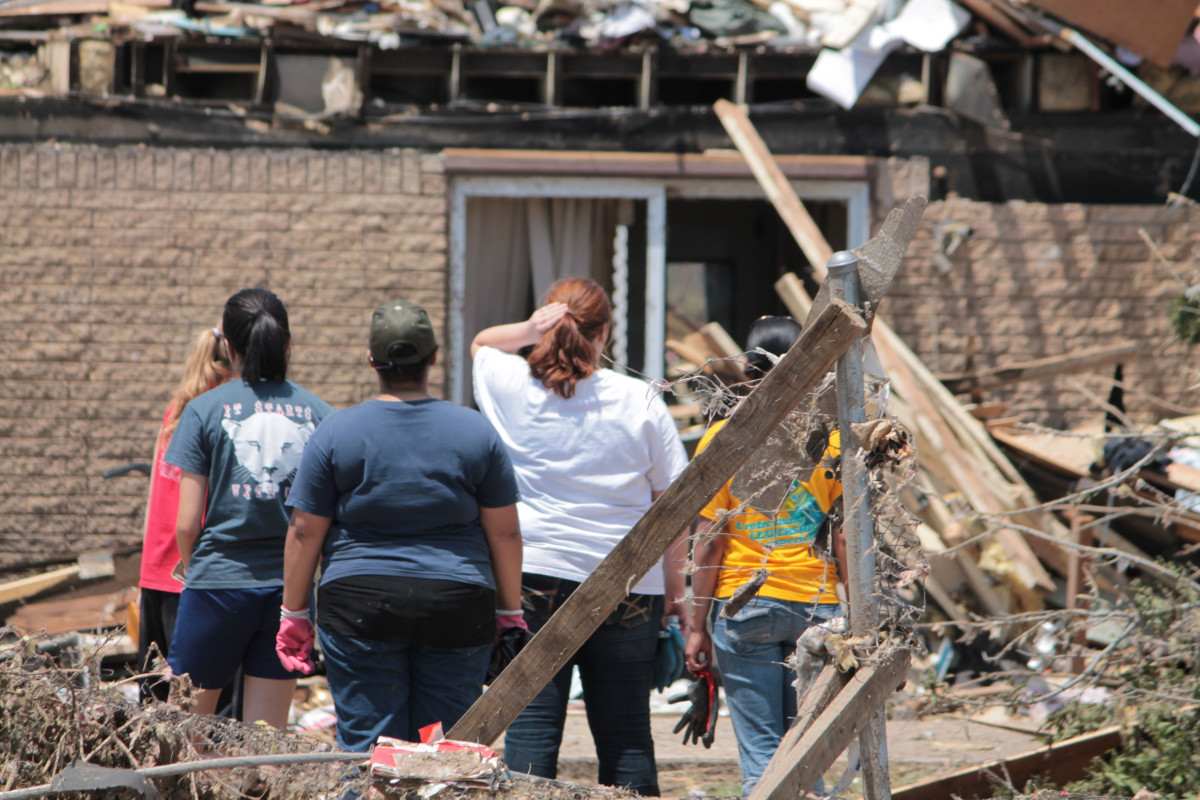By now most know that preparing for a disaster takes more than a can of beans, a few band-aids, and firearm. Preparing requires understanding of your daily needs (not desires) and the goods and services to be impacted during a disaster.
Types of Disasters in the Northeast U.S.
In the northeast there are several types of disasters one is likely to encounter such as:
- Natural Disasters: Hurricanes, nor’easters, blizzards, ice storms, floods, and tornadoes, earthquakes.
- Man-Made Disasters: Power outages, industrial accidents, civil unrest, and transportation accidents.
1. Emergency Kit
- Water: At least one gallon per person per day for at least three days.
- Food: A three-day supply of non-perishable food.
- First Aid Kit: Include bandages, antiseptics, medications, and any personal prescriptions.
- Tools and Supplies: Flashlight, batteries, manual can opener, multi-tool, and duct tape.
- Hygiene Products: Soap, hand sanitizer, moist towelettes, garbage bags, and plastic ties.
- Clothing and Bedding: Warm clothing, sturdy shoes, blankets, and sleeping bags.
- Important Documents: Copies of insurance policies, identification, bank account records in a waterproof container.
- Communication Devices: Battery-powered or hand-crank radio, and a charged cell phone with backup batteries.
- Cash: Small bills and change in case ATMs are down
2. Home Safety
- Weatherproofing: Ensure your home is well-insulated, windows are secure, and there are no leaks.
- Utilities: Know how to shut off water, gas, and electricity. Have tools and instructions readily available.
- Backup Power: Consider a generator for power outages and keep fuel safely stored.
- Fire Safety: Install smoke detectors and carbon monoxide detectors. Keep fire extinguishers accessible.
- Storm Shelters: Identify safe rooms or areas in your home for shelter during storms (basement, interior room).
3. Vehicle Preparedness
- Maintenance: Keep your vehicle in good working order, with regular maintenance.
- Emergency Kit: Include jumper cables, flares or reflective triangles, warm blankets, water, snacks, and a first aid kit.
- Fuel: Maintain at least half a tank of gas at all times.
- Snow Equipment: Ice scraper, snow brush, small shovel, and tire chains.
4. Community Resources and Communication
- Local Alerts: Sign up for local emergency alerts and weather notifications.
- Evacuation Routes: Know the evacuation routes and shelters in your area.
- Community Plans: Understand community disaster plans and how you can help or receive help.
- Contact List: Keep a list of emergency contacts, including family, friends, and local emergency services.
5. Health and Safety
- Medications: Maintain a supply of essential medications and medical supplies.
- Health Records: Keep a copy of health records and any special medical instructions.
- Personal Safety: Learn basic first aid and CPR.
- Mental Health: Prepare for the psychological impact of disasters and know resources for support.
6. Special Considerations
- Pets: Include pet supplies (food, water, medications, leashes, carriers) in your emergency kit.
- Elderly and Disabled: Plan for the needs of elderly or disabled family members, including mobility aids and medical devices.
- Children: Ensure you have supplies for infants and young children, such as diapers, formula, and comfort items.
7. Practice and Drills
- Family Plan: Develop and practice a family emergency plan, including meeting places and communication strategies.
- Drills: Regularly conduct drills for different scenarios (fire, storm, evacuation).
8. Financial Preparedness
- Emergency Fund: Maintain an emergency savings fund.
- Insurance: Review and understand your insurance policies (homeowners, renters, health, auto).
- Financial Documents: Keep copies of important financial documents in a safe, accessible place.
9. Stay Informed
- Weather Updates: Regularly monitor weather reports and forecasts.
- Government Resources: Utilize resources from FEMA, the Red Cross, and local government websites for up-to-date information and guidelines.
10. Operational Security
- Do Not Advertise: Do not share pictures of your preps on social media. You may think doing so will encourage others to prepare but it will likely only encourage them to seek you out when the time comes.
- Purchase with Cash When Possible: Purchasing your preps with cash or gift cards keeps you off the radar as a list of your purchases is not sitting in a database tied to your name. Consider watching 8 Items FEMA Will Confiscate in an Emergency as you purchase your preps.
- Do Not Share Detailed Info: Sharing resources with others which you have found helpful if OK. But do not share detailed information about your plans with others in general. Share only what information needs to be shared with people closest to you and in your Mutual Assistance Group.
By addressing these considerations, you’ll be better prepared to handle a range of disasters.

